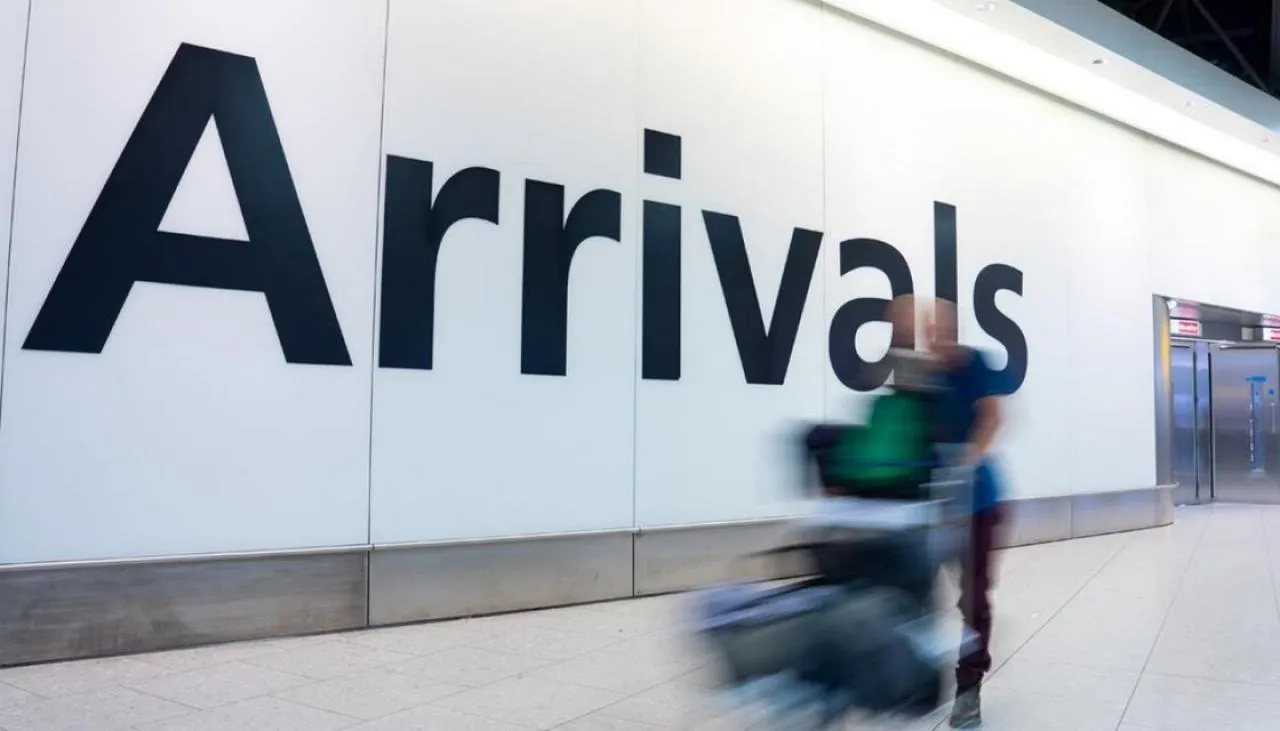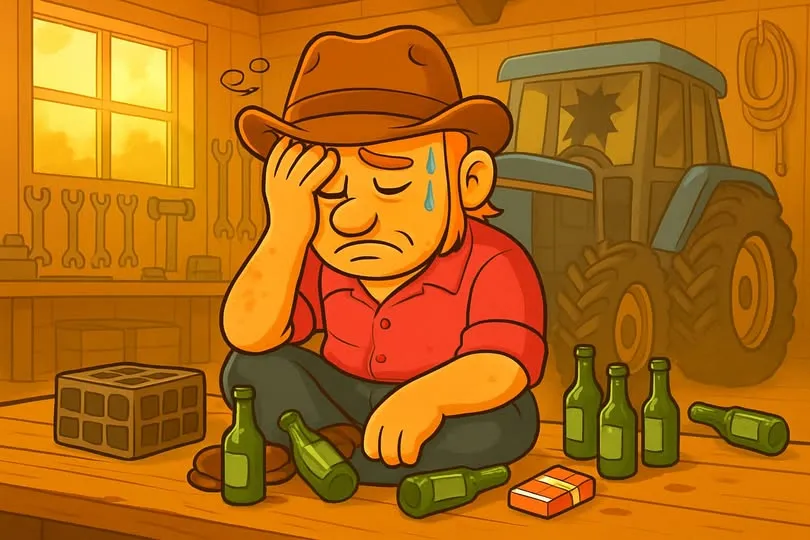Free Press
ACT Party
The Haps
ACT has been busy. Citizens of a democratic country deserve a proper parliament, and it will sit on Tuesday after lobbying from ACT. Fishing and whitebaiting are now allowed after ACT pointed the absurdity of allowing it for ‘Maori customary’ reasons only.
The Party uncovered a second case of saline solution being mixed with vaccines on one Select Committee, and Inland Revenue announced that it would use discretion on taxes due for businesses after ACT questions on another.
ACT also launched new ideas of a lottery to encourage scanning and a major events insurance scheme so such events can go on without fear of alert level changes.
What Happens Next?
Last week Free Press catalogued the Government’s tracing, testing, and vaccinating failures heading into this lockdown. They must need an outbreak to wake up, after apparently taking the world’s longest nap between lockdowns. We could now add the fact that the Bluetooth contact tracing feature of the NZ COVID Tracer App has not actually been used in this outbreak. Anyone worried the Government was capable of tracking them can breathe a sigh of relief.
This week we look further ahead. Even under Alert Level 4 conditions, the Delta variant is barely under control. New South Wales has been fighting a losing battle for two months. It would be a good time to start thinking about what happens if Delta cannot be eradicated from the community as weaker variants were last April and August, and this February.
The only other country now taking elimination seriously is China. If we are not careful we may end up in an elimination bloc, where one country is a communist dictatorship and the other is China.
Geo-politically, we have to go where our friends go sooner or later. Without eradication, we are reduced to keeping Delta, and any variants to follow, at a manageable level. Accept it’s out there and change the goal from eradication to harm minimisation.
Avoiding death is always an important goal. People can argue about how deadly COVID-19 is, but Scotland (population 5.4 million) is a useful example. Since COVID hit, about 8,000 more people than normal have died there. (New Zealand had very slightly fewer deaths than normal in 2020, probably because the flu was knocked out by COVID measures).
Another important goal is avoiding the hospital system, especially ICU, getting overwhelmed. New Zealand already has more than enough sick people to fill hospitals without hundreds of COVID patients.
A final goal, that has not had anywhere near enough attention, is letting New Zealand citizens freely go about their rightful business and provide for every other aspect of their welfare and happiness. Once the goals are clear, the strategy becomes clearer. It must reduce deaths and hospitalisations for the lowest possible cost to human freedom and welfare. That’s how every policy should be evaluated.
To put it another way, policy should aim to reduce the number of people an infected person passes the virus on to (the ‘R’ rate), at least cost. It should aim to reduce the chance that an infected person is hospitalised, put in intensive care, or dies, at least cost.
Vaccination is the most powerful strategy for reducing hospitalisation and death. People can argue about its effectiveness, and even that appears to be changing with new variants and fading effectiveness over time. What we do know is that every person currently in hospital was not vaccinated. Many were too young for the stroll out to reach them.
Vaccination should be the top priority and should be accelerated as fast as possible, as Free Press argued last week. But how to reduce the number of people who might be infected? That’s where reducing the R rate comes in. The faster an infected person can discover they’re infected, the sooner they can stop passing it on.
The Government’s insistence on running a monopoly on testing with nasopharyngeal swabs is insanity. It should get over itself and contract saliva testing en masse. Self-test kits are not as accurate if you’re asking about one test, but that is the wrong question. More frequent testing may make up for the accuracy of the tests, increasing the chance an infected person finds out and stops transmitting.
The Government boasts of doing 30,000 tests in a day. There’s no reason we couldn’t do five million self-tests. The ban on importing self-test kits is also insanity.
Daily nationwide wastewater testing is another way of alerting people in a region that they might want to take a test. The fact that the Government was testing at only 26 sites weekly during its long nap is unforgivable.
What if a person is infected? The trick is to alert other people who might also be infected so they can test, as soon as possible. Digital contact tracing is a low-cost way to do that. People have misgivings about privacy, but it need not ‘track’ anyone. It need only send anonymous alerts to people who’ve been in Bluetooth contact with an infected person, with all data stored on individuals’ own phones.
Rules and conventions can also reduce transmission rates. Social distancing, and wearing (high quality) masks, in enclosed spaces can be low-cost measures to reduce R.An organised Government would make a list of policies that reduce transmission, hospitalisation, and death in order of cost. From the least costly to freedom and welfare (voluntary vaccination) to the costliest (lockdowns), with all the others in between. That ‘supply curve’ of interventions would allow a rational response to COVID without fear, and we’re going to need it.
So far New Zealand really has been the lucky country, but we have delayed the inevitable. If we’re going to re-join the world, things will get tougher sooner or later.









